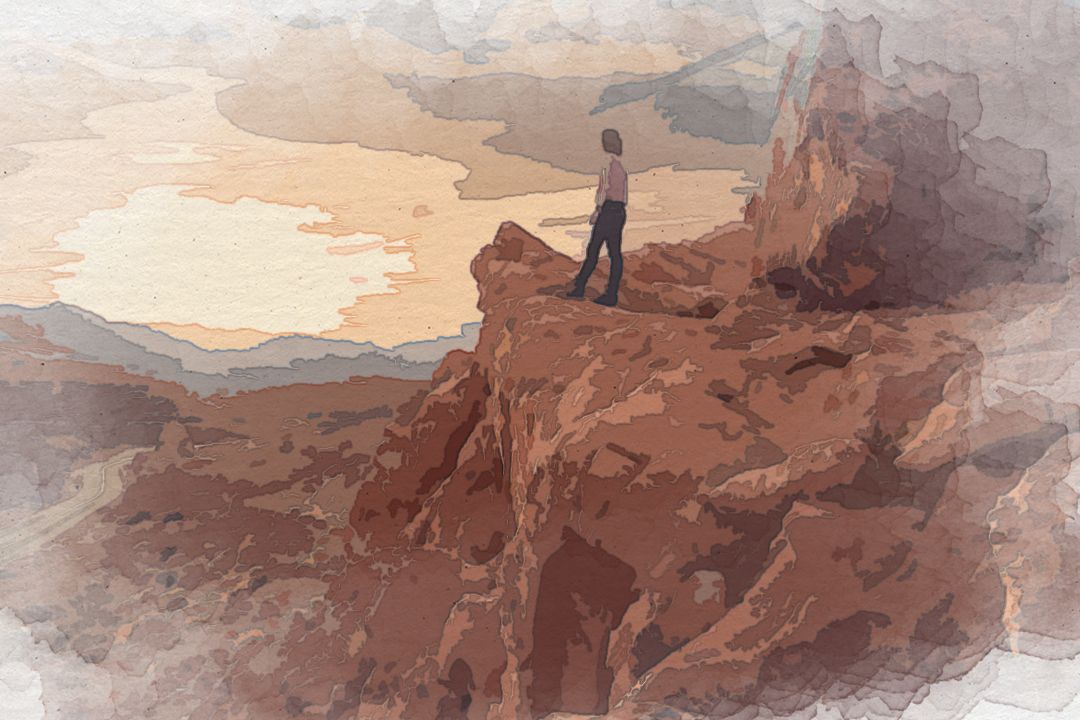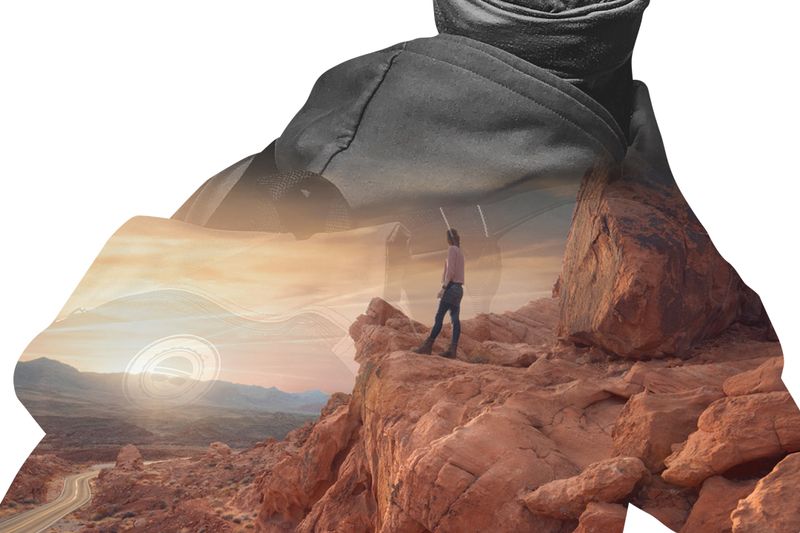Inspiration from within...

Exodus from Within
An artist named Elena resided in the heart of a bustling, vibrant village that sat comfortably between the rolling hills of an ancient landscape. Known far and wide, her reputation wasn’t just for the lifelike marble sculptures she crafted with such precision and care but also for the mysterious way her works seemed to reflect the souls of those who gazed upon them.
Elena’s workshop was a place of quiet reverence, akin to a sacred grove where the divine mingled with the earthly. The locals, who had grown up with the gentle tapping of her chisel as a constant backdrop to their daily lives, often spoke of the magic that seemed to surround her. Young children, their eyes wide with wonder, would peek through the cracks in her workshop door, watching as her hands guided the transformation of lifeless stone into forms brimming with vitality.
One clear, starry night, after the village had succumbed to the soothing embrace of sleep, Elena took her customary walk to the marble quarry that lay at the edge of her world. The full and bright moon illuminated her path and cast elongated shadows that danced silently beside her. Her mind was a storm of thoughts and emotions as she walked, swirling with ideas yet to find their form.
It was here, under the watchful gaze of the cosmos, that she found herself drawn to a block of marble, larger and more imposing than the rest. This was no ordinary stone; it was as if the marble itself pulsed with a hidden life, a secret waiting patiently to be revealed. Elena was reminded of the words of the great Michelangelo,
I saw the angel in the marble and carved until I set him free.
— Michelangelo (1475-1564)
She realized that this piece was her angel. It was her destiny to liberate the form trapped within.
The following morning, with the first light of dawn casting a soft glow over the village, Elena began her work. The villagers, accustomed to her silent presence, noticed a change in her demeanour. There was a new intensity, a fiery resolve that had taken hold. The news of Elena’s new project spread quickly, and soon, a crowd had gathered outside her workshop, eager to catch a glimpse of the artist at work and, perhaps, the emergence of the angel itself.
Days turned into weeks, and the initial curiosity of the villagers slowly transformed into a profound respect for Elena’s dedication. She worked tirelessly, her hands moving with a grace and precision that mesmerized onlookers. It was during this time that she would often murmur softly to herself, a mantra that seemed to guide her movements,
A clear and innocent conscience fears nothing.
— Elizabeth I (1533-1603)
It was a quote from Elizabeth I, a reminder that her art was pure, free from the shadows of doubt or fear.
As the sculpture began to take shape, revealing the contours of wings and the serene composure of the angel’s face, discussions amongst the villagers became more frequent and animated. They debated the meaning of beauty, the nature of inspiration, and the essence of truth. The village square, usually a place of idle chatter and mundane exchanges, became a forum for philosophical inquiry.
Amidst this newfound thirst for understanding, there was the philosopher Julian, a venerable figure known for his wisdom and contemplative nature. He had observed the transformation in the marble and the villagers' hearts. One evening, as the sun dipped below the horizon, painting the sky in hues of orange and purple, Julian addressed the gathered crowd.
He spoke of the mysteries of life and the ineffable beauty surrounding and residing within us. He reminded them that while they sought to find definitions and explanations for Elena’s art, some concepts transcended the boundaries of language and logic. Echoing the thoughts of Gottfried Wilhelm Leibniz, he proclaimed,
Finally there are simple ideas of which no definition can be given; there are also axioms or postulates, or in a word primary principles, which cannot be proved and have no need of proof.
— Gottfried Wilhelm Leibniz (1646-1716)
His words, steeped in the wisdom of ages, brought a hushed silence over the crowd. It was a moment of collective epiphany, an understanding that some truths, much like the beauty of Elena’s angel, were to be felt, not dissected.
As the sculpture neared completion, the village was abuzz with anticipation. Elena, however, remained oblivious to the growing excitement. Her focus was absolute, her connection with the marble transcending the physical. She worked as if in a trance, guided by an unseen hand, her actions a dance of ancient and eternal creation.
Finally, the day came when Elena laid down her chisel for the last time. The angel, now fully liberated from its marble prison, stood in the center of the workshop, a testament to human creativity and divine inspiration. The villagers, who had gathered in silent reverence, gazed upon the sculpture with awe. It was as if

Figures of Speech Collection Personified
Our editorial instructions for your contest submission are simple: incorporate the quotes and imagery from the above article into your submission.
What emerges is entirely up to you!
Winners receive $500 per winning entry multiplied by the article’s featured quotes. Our largest prize is $8,000 for rewriting the following article;

At Planksip, we believe in changing the way people engage—at least, that’s the Idea (ἰδέα). By becoming a member of our thought-provoking community, you’ll have the chance to win incredible prizes and access our extensive network of media outlets, which will amplify your voice as a thought leader. Your membership truly matters!


